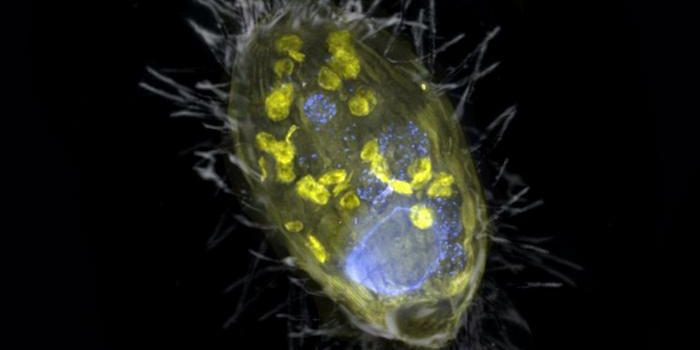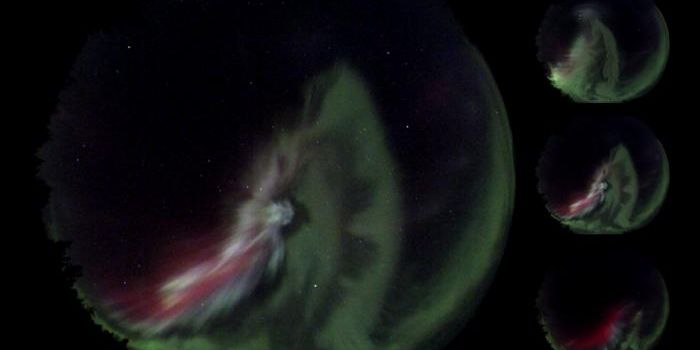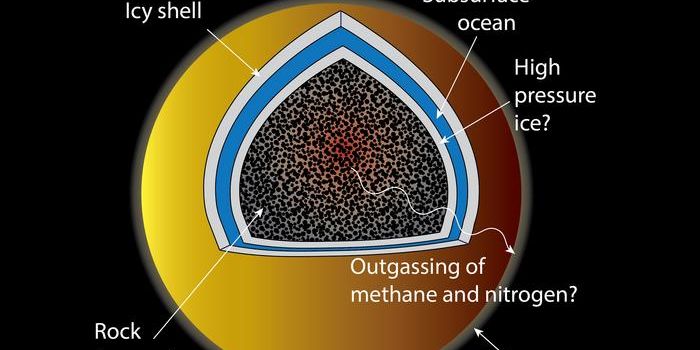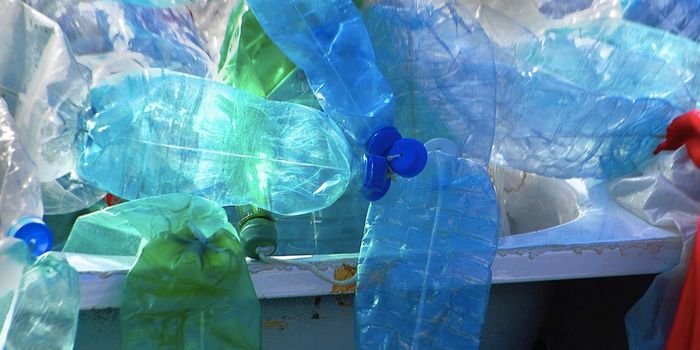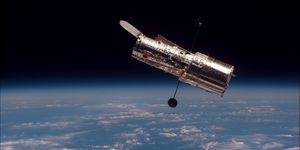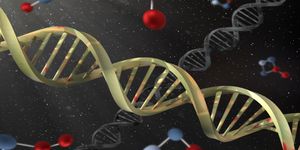New W boson Mass Measurement Challenges Standard Model
The W boson particle was discovered in 1983. It is not just a fundamental particle in physics, but together with the Z boson, W boson is responsible for what is known as the weak force, which is one of the four fundamental forces that govern the behavior of matter in the universe. These four forces have become known as the Standard Model of particle physics and has become established as a well-tested theory in physics.
In a recent study published in Science, scientists achieved the most accurate measurement to date of the mass of the W boson. What makes this new measurement so intriguing is that it challenges the value expected based on the Standard Model of particle physics. This new measurement took 10 years of analysis using data collected by the Collider Detector at Fermilab (CDF) and collaboration of 400 scientists, who are also co-authors of the study.
"The number of improvements and extra checking that went into our result is enormous," said Ashutosh V. Kotwal of Duke University, who led this analysis and is one of the 400 scientists in the CDF collaboration. "We took into account our improved understanding of our particle detector as well as advances in the theoretical and experimental understanding of the W boson's interactions with other particles. When we finally unveiled the result, we found that it differed from the Standard Model prediction."
The W boson is a messenger particle of the weak nuclear force. It is responsible for the nuclear processes that make the sun shine and particles decay. Using high-energy particle collisions produced by the Tevatron collider at Fermilab, the CDF collaboration collected huge amounts of data containing W bosons from 1985 to 2011.
"While this is an intriguing result, the measurement needs to be confirmed by another experiment before it can be interpreted fully," said Fermilab Deputy Director Joe Lykken.
The Collider Detector at Fermilab experimental collaboration studies high energy particle collisions from the Tevatron, the world's former highest-energy particle accelerator. The goal is to discover the identity and properties of the particles that make up the universe and to understand the forces and interactions between those particles.
As always, keep doing science & keep looking up!

